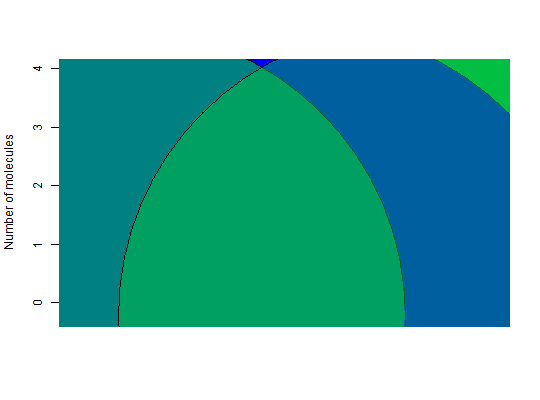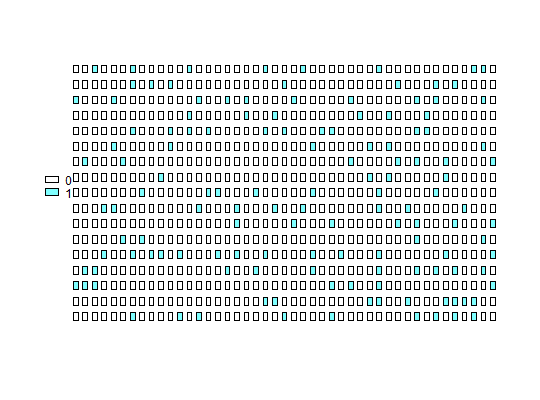Create dpcR object
Creates adpcr and dpcr
objects from data.
create_dpcr(data, n, exper = "Experiment 1", replicate = NULL, assay = "Unknown", type, v = 1, uv = 0, threshold = NULL, adpcr, col_names = NULL, row_names = NULL, panel_id = NULL)
Arguments
- data
- a
numericvector or matrix of data from dPCR experiments. Data frames will be converted to matrices. - n
integerequal to number of partitions.- exper
- The id of experiments.
- replicate
- The id of technical replicates.
- assay
- The name or id of assays.
- type
- Object of class
"character"defining type of data. Could be"nm"(number of molecules per partition),"tnp"(total number of positive wells in the panel),"fluo"(fluorescence),"np"(status (positive (1) or negative(0)) of each droplet) or"ct"(threshold cycle). - v
- The volume of partitions [nL].
- uv
- The volume uncertainty of partitions [nl].
- threshold
numericvalue giving the threshold above which droplet is counted as positive. Ignored ifadpcrisTRUE.- adpcr
logical. IfTRUE, function createsadpcrobject. IfFALSE, function createsdpcrobject.- col_names
charactervector of column names in array. Ignored if notadcpr.- row_names
charactervector of row names in array. Ignored if notadcpr.- panel_id
factorvector of panel IDs (or names). Ignored if notadcpr.
Value
Details
This constructor function assists in creation of objects used by other functions of the package. It is also responsible for checking the correctness of arguments.
A warning is prompted whenever any of arguments is converted to other type.
Note
create_dpcr is a preferred to calling directly
new.
Currently only end-point measurements are supported.
See also
Streamlined, but more limited version: df2dpcr
Examples
# Droplet digital PCR example sample_runs <- matrix(rpois(60, lambda = 1.5), ncol = 2) ddpcr1 <- create_dpcr(sample_runs[,1], n = 30L, threshold = 1, type = "nm", adpcr = FALSE) ddpcr2 <- create_dpcr(sample_runs[,2], n = 30L, threshold = 1, type = "nm", adpcr = FALSE) plot_vic_fam(ddpcr1, ddpcr2)# Array digital PCR example sample_adpcr <- create_dpcr(rpois(765, lambda = 0.8), n = 765L, type = "nm", adpcr = TRUE) plot_panel(sample_adpcr, 45, 17)

